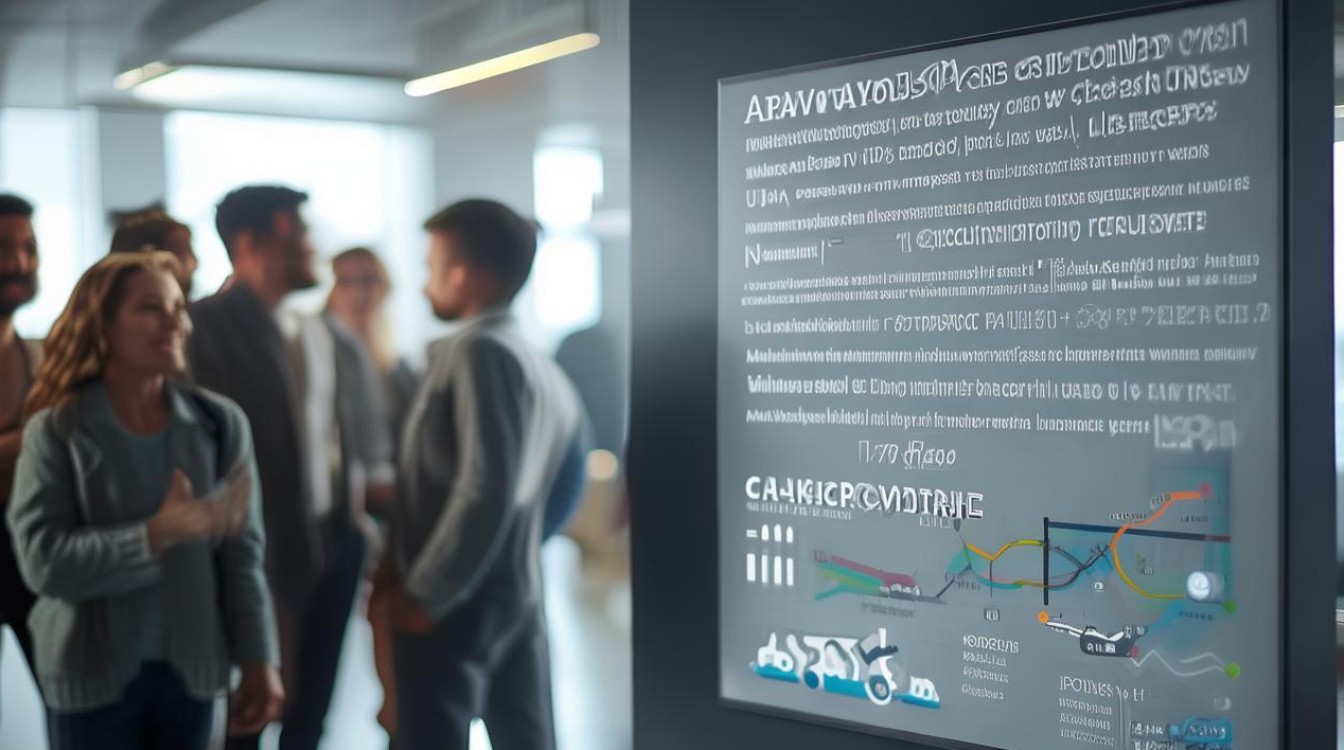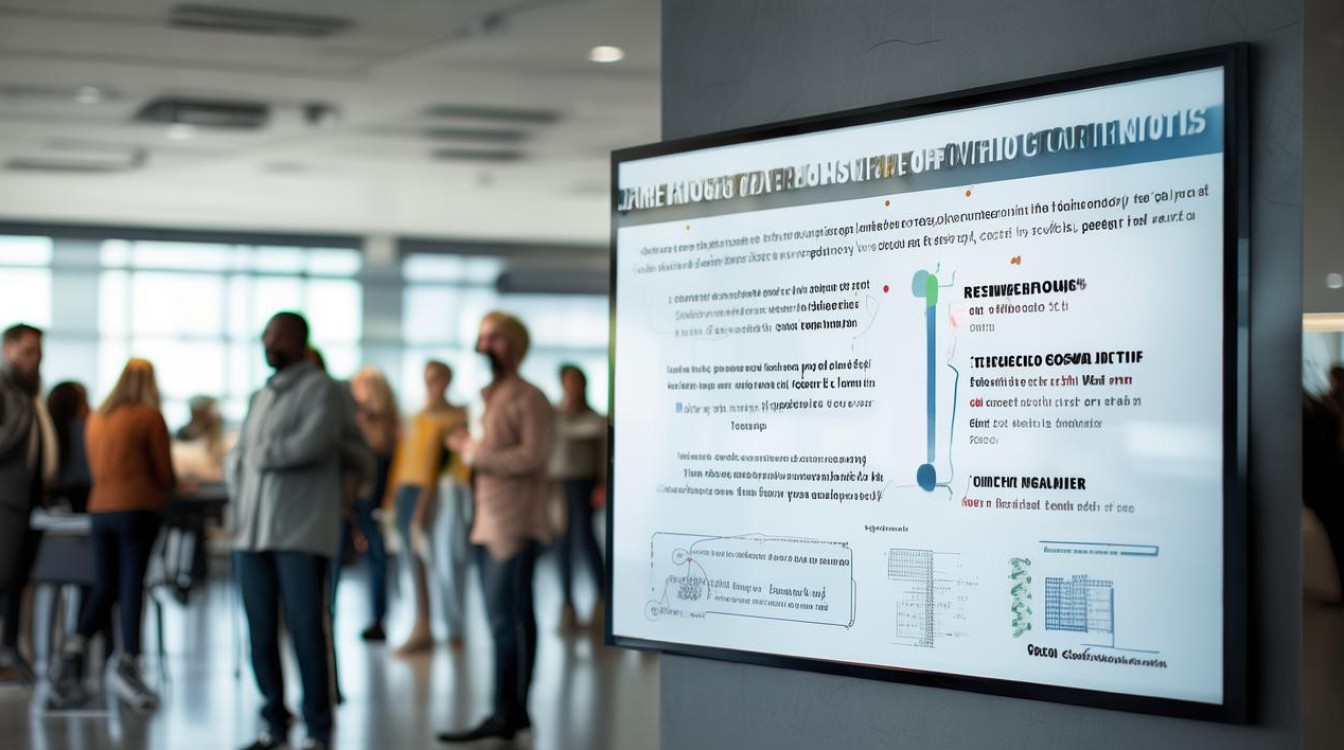Carpooling has become an increasingly popular way to commute, offering both economic and environmental advantages. Sharing rides reduces traffic congestion, lowers transportation costs, and minimizes carbon emissions. For students, professionals, and travelers alike, carpooling presents a practical solution to daily transportation challenges. This article explores the key aspects of carpooling, its benefits, potential concerns, and tips for a smooth experience.

Why Carpooling Makes Sense
One of the most compelling reasons to carpool is cost savings. Fuel prices continue to rise, and maintaining a personal vehicle involves expenses such as insurance, maintenance, and parking fees. By sharing a ride, passengers split these costs, making daily commutes more affordable. A single driver transporting multiple passengers can significantly reduce individual spending on transportation.
Beyond financial benefits, carpooling helps alleviate traffic congestion. Fewer vehicles on the road mean shorter travel times and less frustration during peak hours. Cities with high carpool participation often see improved traffic flow, benefiting all road users. Additionally, fewer cars translate to reduced wear and tear on infrastructure, leading to lower maintenance costs for public roads.
Environmental impact is another critical factor. Transportation is a major contributor to greenhouse gas emissions, and carpooling directly reduces the number of vehicles emitting pollutants. By opting for shared rides, individuals contribute to cleaner air and a healthier planet. Governments and environmental organizations frequently promote carpooling as an effective way to combat climate change.
Practical Considerations for Carpooling
While carpooling offers numerous advantages, it also requires coordination and mutual understanding among participants. Establishing clear guidelines ensures a positive experience for everyone involved.
Scheduling and Reliability
A well-organized carpool depends on punctuality. All participants should agree on pickup times and locations in advance. Late arrivals can disrupt schedules, causing inconvenience for others. Setting a buffer time for unexpected delays helps maintain reliability. Some groups use messaging apps to communicate real-time updates, ensuring smooth coordination.
Cost Sharing Arrangements
Determining how to split expenses is essential. Some carpools divide fuel costs equally, while others adjust contributions based on distance traveled. Toll fees and parking costs should also be factored into the arrangement. Transparency prevents misunderstandings and fosters trust among riders.

Comfort and Etiquette
Respecting personal space and maintaining cleanliness in the vehicle enhances the carpooling experience. Passengers should avoid strong perfumes or eating messy foods during the ride. Music preferences and conversation topics should be considerate of all participants. A comfortable environment encourages long-term participation.
Safety and Trust in Carpooling
Safety is a primary concern when sharing rides with others. Verifying the identity of fellow passengers and drivers helps build trust. Many carpooling platforms include user reviews and verification processes to enhance security.
Choosing the Right Platform
Numerous apps and websites facilitate carpool connections. Popular options include BlaBlaCar, Waze Carpool, and local community boards. Selecting a reputable service with safety features, such as profile verification and ride tracking, minimizes risks.
Emergency Preparedness
While rare, emergencies can occur. Passengers should share trip details with a trusted contact and carry essential items like a phone charger and emergency contact information. Knowing the driver's route and estimated arrival time adds an extra layer of security.
Carpooling for Different Scenarios
Carpooling is versatile, serving various needs beyond daily commutes.
School and University Rides
Parents often organize carpools to transport children to school, reducing individual drop-off trips. University students frequently share rides for weekend travel or holiday trips, cutting costs on long-distance journeys.

Workplace Commutes
Many companies encourage employee carpooling by offering incentives such as preferred parking spots or financial rewards. Corporate carpools foster teamwork while reducing the company's overall carbon footprint.
Event and Travel Carpools
Concerts, sports games, and out-of-town trips are ideal opportunities for ride-sharing. Event-specific carpool groups help attendees coordinate transportation efficiently.
Overcoming Common Challenges
Despite its benefits, carpooling can face obstacles. Addressing these proactively ensures a better experience.
Mismatched Schedules
Not everyone has identical work or school hours. Flexible arrangements, such as alternating driving days or using partial carpools, can accommodate varying schedules.
Personality Conflicts
Differences in habits or preferences may arise. Open communication and agreed-upon rules help mitigate conflicts. If issues persist, finding alternative carpool groups may be necessary.
Vehicle Maintenance
Regular drivers must ensure their cars are in good condition. Routine checks on tires, brakes, and fluid levels prevent breakdowns and ensure passenger safety.

The Future of Carpooling
As urbanization increases and environmental concerns grow, carpooling will likely become even more prevalent. Technological advancements, such as AI-driven ride-matching algorithms, will streamline connections between drivers and passengers. Governments may introduce more incentives, such as carpool lanes or tax benefits, to promote shared transportation.
Carpooling is more than just a cost-saving measure—it’s a sustainable lifestyle choice that benefits individuals and communities. By embracing shared rides, people contribute to a greener, more efficient transportation system. The key to successful carpooling lies in clear communication, mutual respect, and a commitment to making collective travel work for everyone involved.
For those considering carpooling, taking the first step—whether as a driver or passenger—can lead to long-term advantages. Reduced expenses, shorter commutes, and a positive environmental impact make it a worthwhile endeavor. The more people participate, the greater the collective benefits become.


